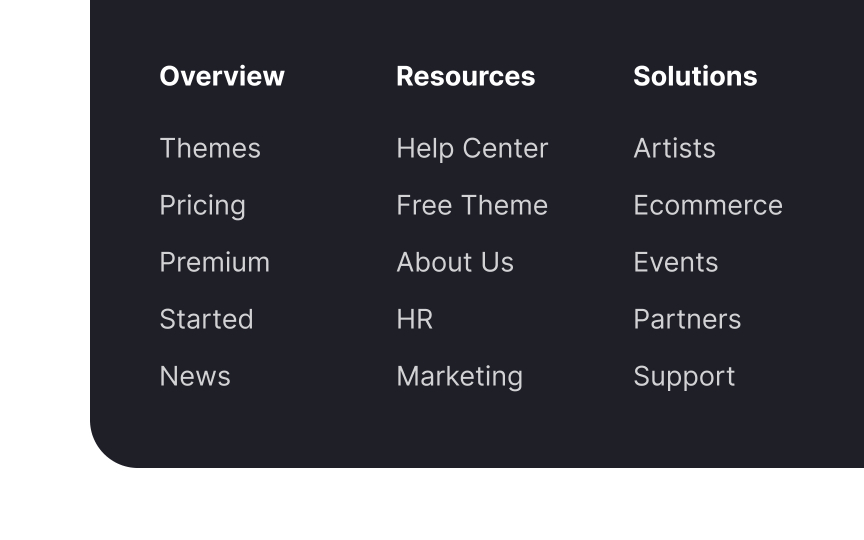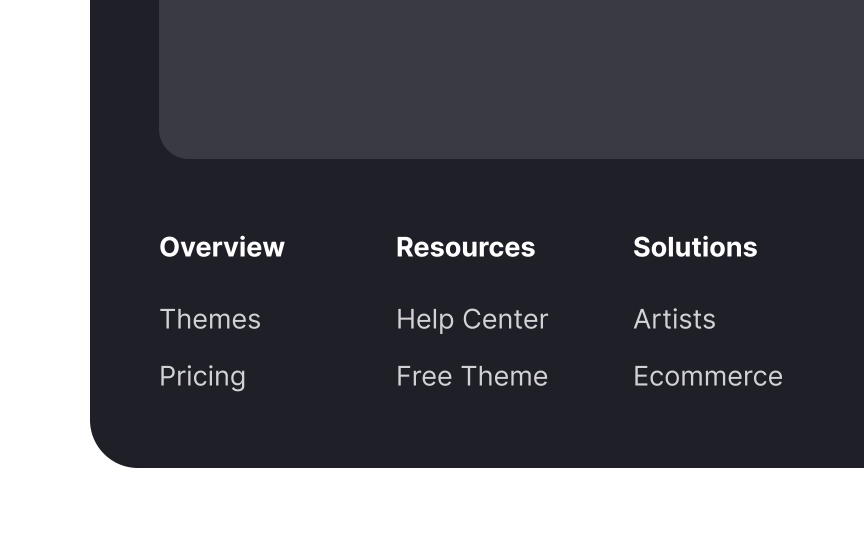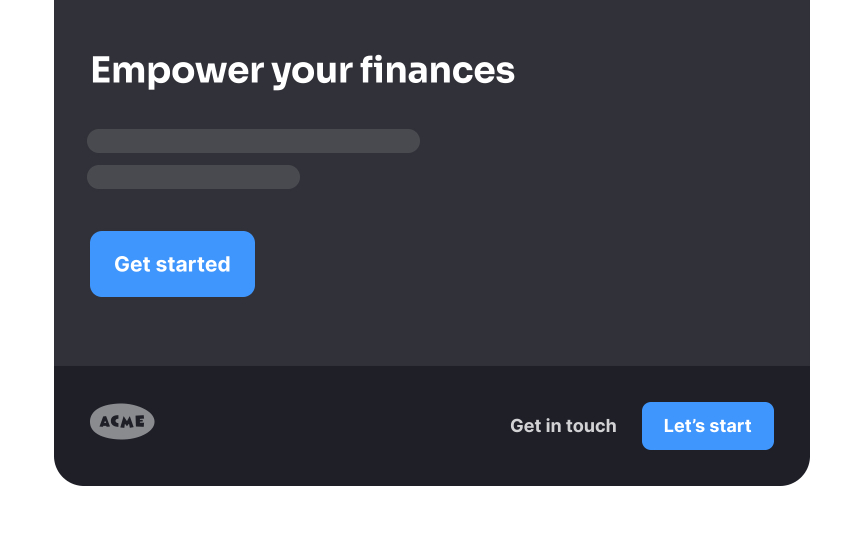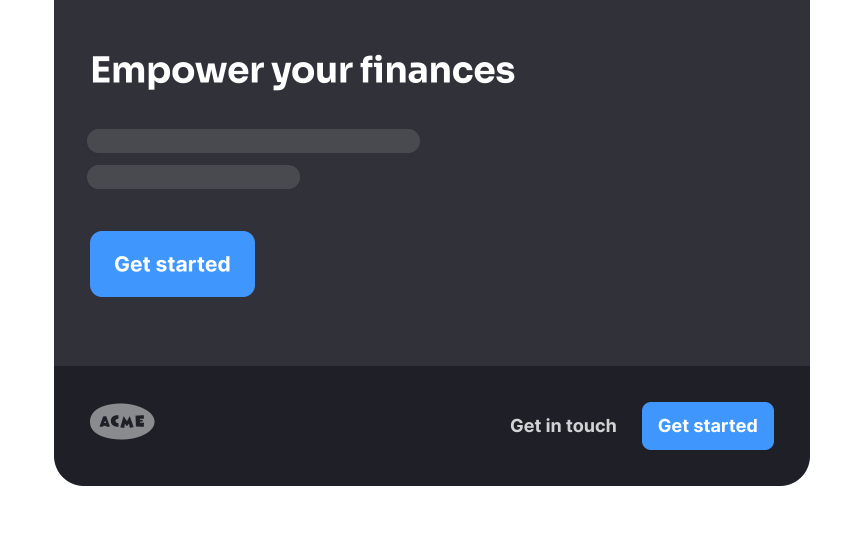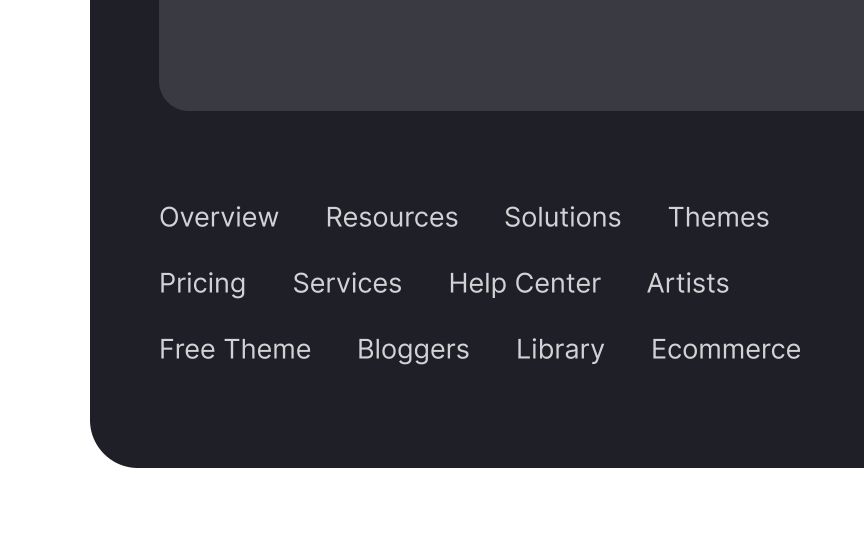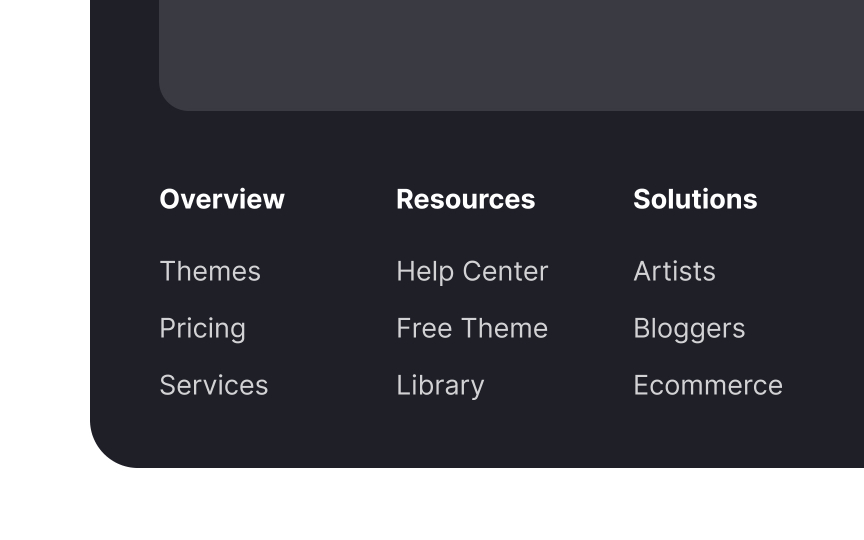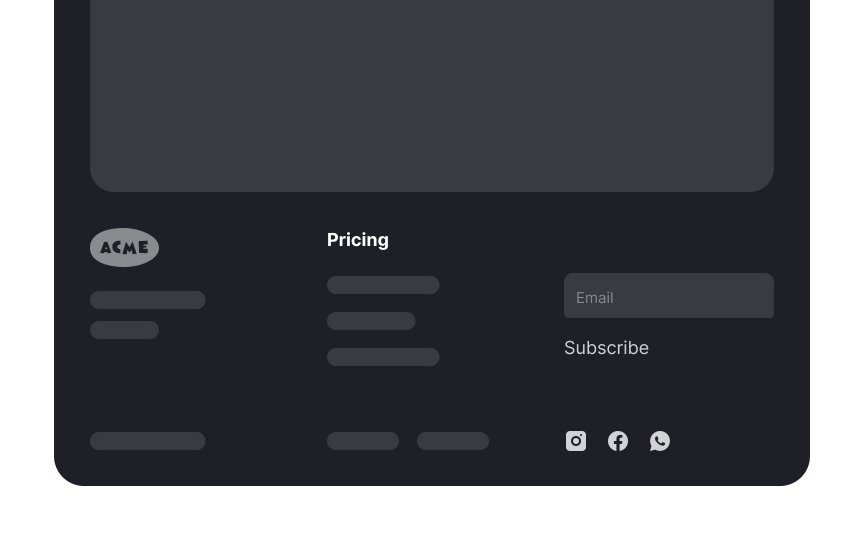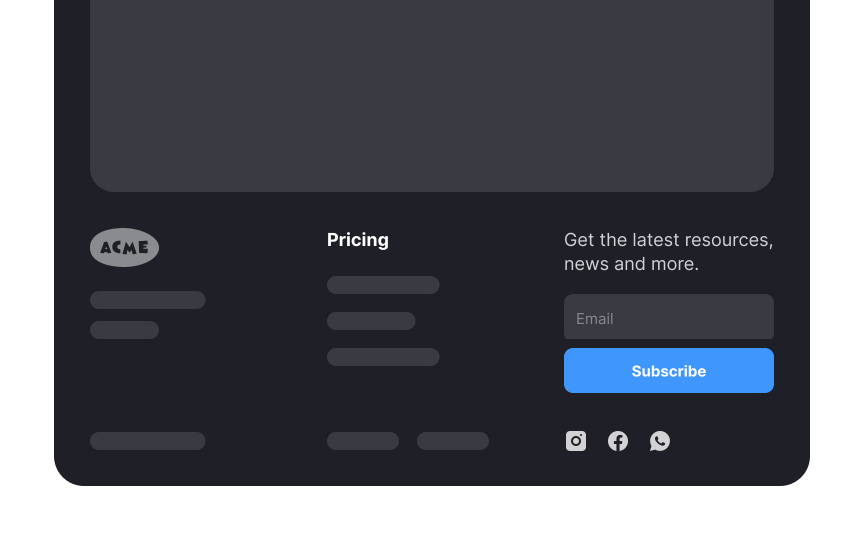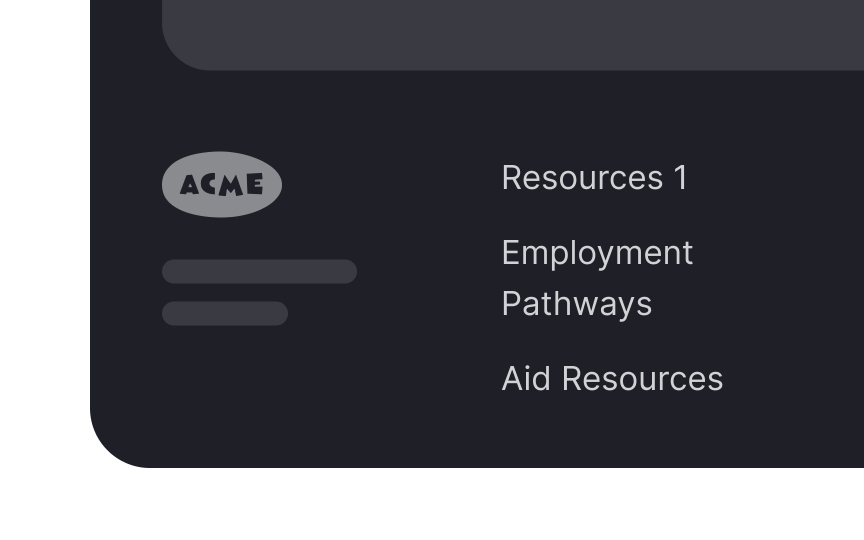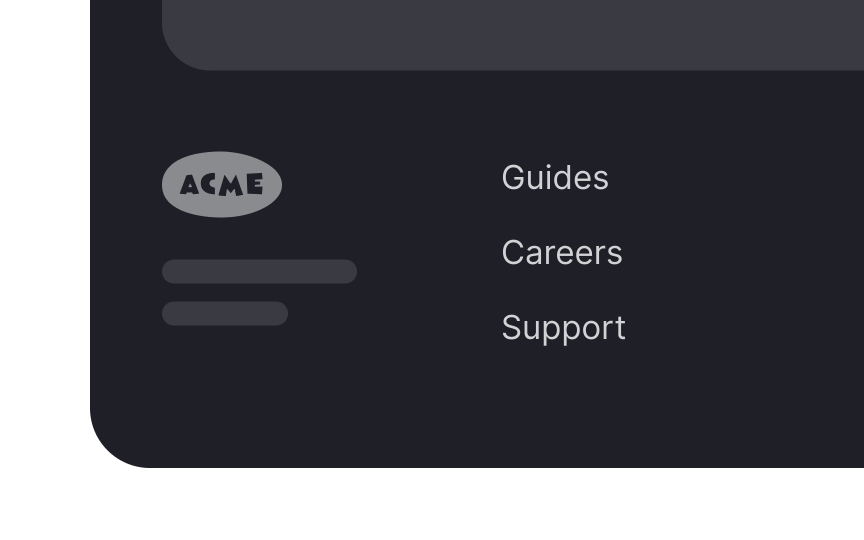Best Practices for Designing Footers
Learn the best practices for designing highly functional and helpful footers
Footers, located at the bottom of websites, are essential for aiding navigation and enhancing user experience. They often contain vital information that may not be easily accessible through the main navigation menu.
A well-crafted footer serves multiple purposes: it assists users in locating specific details, acts as a fallback for finding elusive content, and reinforces the website's credibility and professionalism.
Adhering to best practices in footer design ensures the creation of effective and user-friendly footers, thereby improving overall website utility.
Everything in a
If you include a site map, don't add more than first- and second-level links. This will run the risk of making the footer unwieldy and challenging to use. Instead, you can provide a full-featured site map on a separate page and link it in the footer, where users expect to find it.
Consistency and attention to detail communicate professionalism and instill confidence in users. One way you can ensure this is by using the same terms to refer to the same sections of the product.
For example, if you decide to name a section "Contacts," use this name everywhere and avoid replacing it with synonyms like "Contact details" or "Contact info." This approach will decrease the cognitive load for users.[1]
A disorganized
To make the footer effective and user-friendly, it's essential to establish a clear information hierarchy. This can be achieved by grouping similar items together and using design elements such as headings, different font sizes, or even varying colors to enhance this structure.
Also, placing the signup prompt in the footer keeps it unobtrusive yet accessible — it doesn't interrupt users' browsing experience but is readily available for those seeking to stay connected. Not to forget, users often scroll to the footer seeking contact information or additional resources, making them more likely to notice and consider the mailing list option at this point.[3]
Generic
For example, instead of a generic "Resources"
If there's uncertainty about the best terms to use, methods like card sorting or usability testing can be invaluable.
References
- Exhaustive Review or "I Can't Believe It's Not There" Phenomenon | Nielsen Norman Group
- Web Page Footers 101: Design Patterns and When to Use Each | Nielsen Norman Group
Top contributors
Topics
From Course
Share
Similar lessons

Login & Signup Flows

User Onboarding

